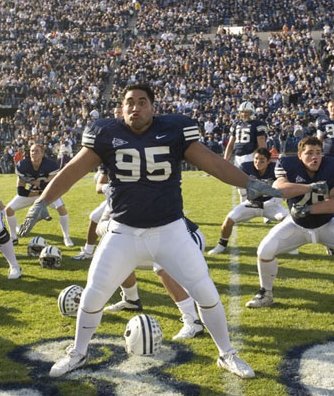|
||||||||

GD15
|
tagata | Metoro regarded many glyph types, not only GD15, as 'tagata', i.e. a 'person'. | ||||||
A few preliminary remarks and imaginations: 1. To begin with this type of glyph has a resemblance to a human being. However, this does not imply that the person necessarily is human; people (e.g. the Greeks) have always imagined the gods to be similar to men. "The dominant type had fair to light copper-colored skin, black hair, prominent and almost European features, the ability to grow mustaches; yet had a slight Mongoloid stamp and an imposing stature of nearly six feet. This basic type appears throughout Polynesia, concurs with the common norm of New Zealand Maori, and concurs again with the physical type we have found to be characteristic of the island tribes of the Northwest American coast. These were the islanders who considered themselves normal human beings, the tangata." (Heyerdahl 2) The stance is that of a warrior, knees slightly bent, head high and ready for the fight.
"A haka is a tribal dance in Maori culture ... Hakas traditionally have various uses in everyday Maori life. They are used to tell a story, to express emotions and opinions, but are best known in their most aggressive form : The Ka Mate War Dance. Warriors used the Ka Mate to prepare for a battle. To focus their strength. To proclaim their powers. To celebrate the triumph of life over death, but mostly to challenge and intimidate the opponent. Haka performers accompany the rough body moves by rhythmically chanting vocals, crying out loud and grunting. The typical movements of body percussion (like hands slapping against the chest, feet stamping on the ground, slapping the biceps …) are often combined with finer facial expressions (grimaces like showing teeth and the white of the eyes, poking out tongues, sniffing through the nostrils, glaring …) ..." (Internet) |
||||||||
